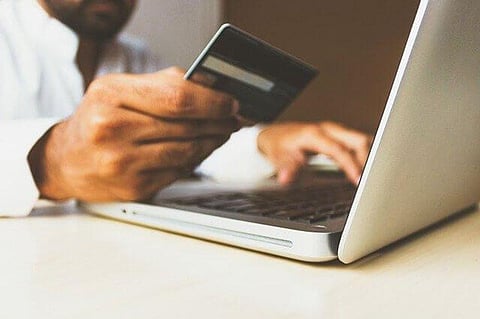
- Home
- NG Hindi
- India
- World
- Politics
- Sex & Relationships
- Entertainment
- Culture
- Lifestyle
- Economy
- Sports
- Sp. Coverage
- Misc.
- NewsGram Exclusive
- Jobs / Internships

Digital payment methods are well accepted by Indian households and are not just the preserve of the rich or well-educated, finds a study conducted by People Research on India's Consumer Economy (PRICE) in partnership with the National Payments Corporation of India (NPCI).
Covering 5,314 households across 25 states with a sample designed to represent states and households across the income spectrum, the survey was aimed at understanding the awareness, adoption, and use behavior of households with respect to digital payments.
The study showed that while one of two of India's richest 20 percent of households uses digital payments, as many as one out of four households in the poorest 40 percent also use it. In addition, there is a suppressed demand of people who say they desire to use it but need someone to show them how to and a smaller group who used it earlier and discontinued it.
If this 'ready' demand is enabled through effective training and education, then over half of all Indian households (54 percent or 151 million households) will become digital payment users – 55 million of these households will come from the poorest 40 percent of Indian households, 61 million will come from middle India or middle 40 percent income band and only 36 million will come from the richest 20 percent.
One out of four households in the poorest 40 percent uses digital payment. Pixabay
The report also points to the fact that that smartphone ownership is no longer a bottleneck for the adoption of digital payments with 68 percent of the respondents (those in charge of looking after banking and payment work for the household, typically the Chief Wage earner) owning smartphones. As expected, smartphone users are near-universal at 90 percent for the richest 20 percent of Indian households, but as high as 57 percent of India's poorest households have a smartphone.
The report revealed a very high level of awareness of UPI and payment apps and that households that are using UPI as a platform may not be completely aware of the interoperability of the platform. There is a potential to create the awareness that any bank or payment app can be used to make UPI payments to any UPI user and users should know their UPI ID. The RuPay card volumes have also witnessed a rise not only in urban areas but also in remote PIN codes that had hitherto remained silent.
According to the study, the banking system is also very well connected digitally to respondents via Aadhaar linkages and SMS facility even in the lower-income groups. The report finds 87 percent of the respondents are aware of the fact that they get SMS from the banks, which gives them the confidence to manage their money safely. As per the report, the Direct Benefit Transfers (DBT) delivery system has worked exceedingly well for the respondents and got even better during lockdown as around 85 percent of the households received DBTs on their bank accounts. (IANS)
